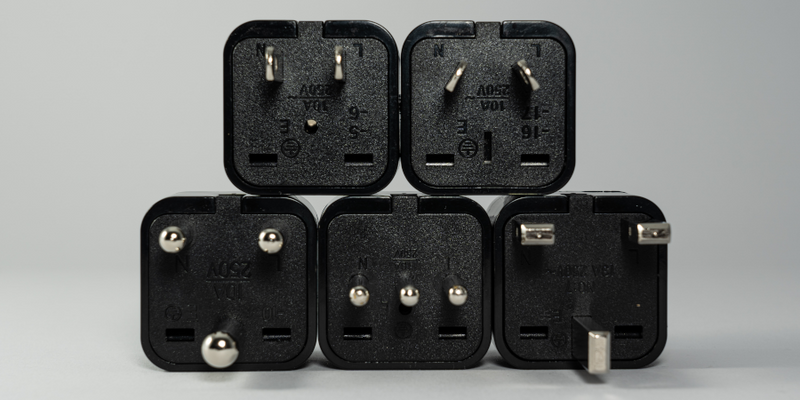Introduction:
Electrical receptacles are the unsung heroes of our modern world, providing the power outlets that fuel our gadgets, appliances, and machines. From residential homes to bustling commercial spaces and even critical hospital environments, understanding the nuances of different amp use cases and receptacle grades is crucial. In this guide, we'll delve into the world of electrical receptacles, exploring their varying amp requirements and the key differences between residential, commercial, and hospital grade receptacles.
Understanding Amp Use Cases:
Electrical receptacles are designed to cater to specific ampere (amp) requirements, ensuring the safe and efficient operation of connected devices. Different settings demand varying levels of power, and using the appropriate amp receptacle is essential to prevent overloading and potential hazards.
- 15 Amp Receptacles: These are commonly found in residential settings and are suitable for most standard household devices like lamps, televisions, computers, and small appliances.
- 20 Amp Receptacles: Often used in areas where high-power devices are common, such as kitchens and workshops, 20 amp receptacles can handle heavier loads, accommodating equipment like microwaves, power tools, and space heaters.
- 30 Amp and Above Receptacles: These receptacles are usually employed in industrial settings and are capable of supporting heavy-duty machinery, industrial equipment, and large appliances.
Residential Receptacles:
Residential electrical receptacles are designed with the average homeowner in mind. They prioritize convenience and versatility, offering 15 and 20 amp options to cater to various household needs. These receptacles are standardized and can be found in most homes. They are also available in decorative styles to complement interior designs.
Commercial Receptacles:
Commercial spaces require receptacles that can handle higher traffic and power demands. These receptacles often come equipped with features like tamper-resistant outlets to enhance safety. The 20 amp receptacles are frequently used in commercial settings to support equipment like copiers, printers, and vending machines. Additionally, commercial receptacles may offer increased durability to withstand the rigors of public use.
Hospital Grade Receptacles:
Hospitals demand an exceptional level of electrical safety to protect patients, staff, and sensitive medical equipment. Hospital grade receptacles go through rigorous testing and adhere to stringent standards to ensure reliability and safety. They often include features like self-grounding, increased impact resistance, and a locking mechanism to prevent accidental disconnection. Hospital grade receptacles are commonly 20 amp to support medical devices while maintaining compatibility with standard equipment.
Conclusion:
Electrical receptacles are far more than simple outlets; they're the foundation of modern power distribution. Understanding their different amp use cases and grades is essential for providing safe and efficient electrical solutions.















































